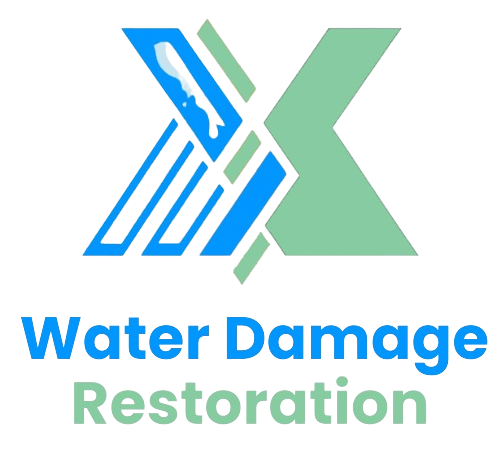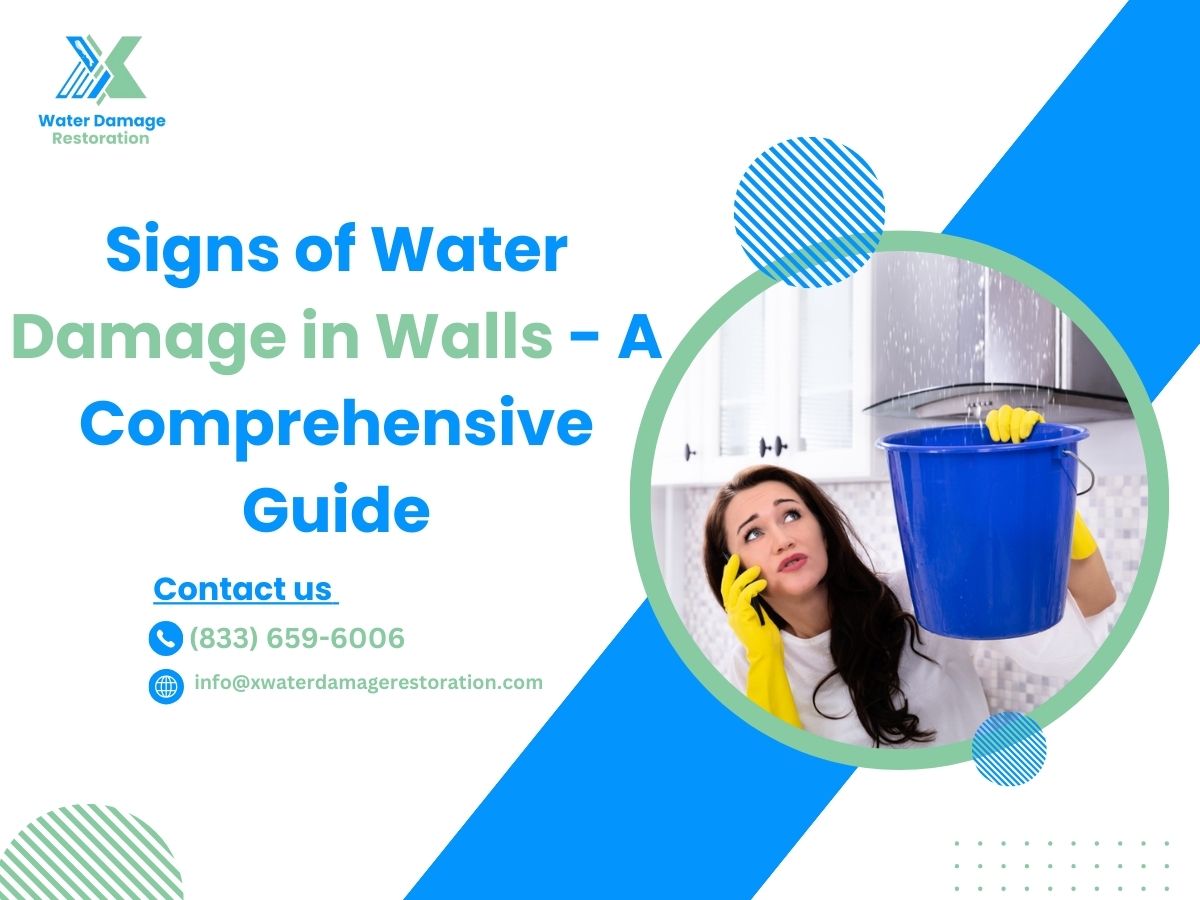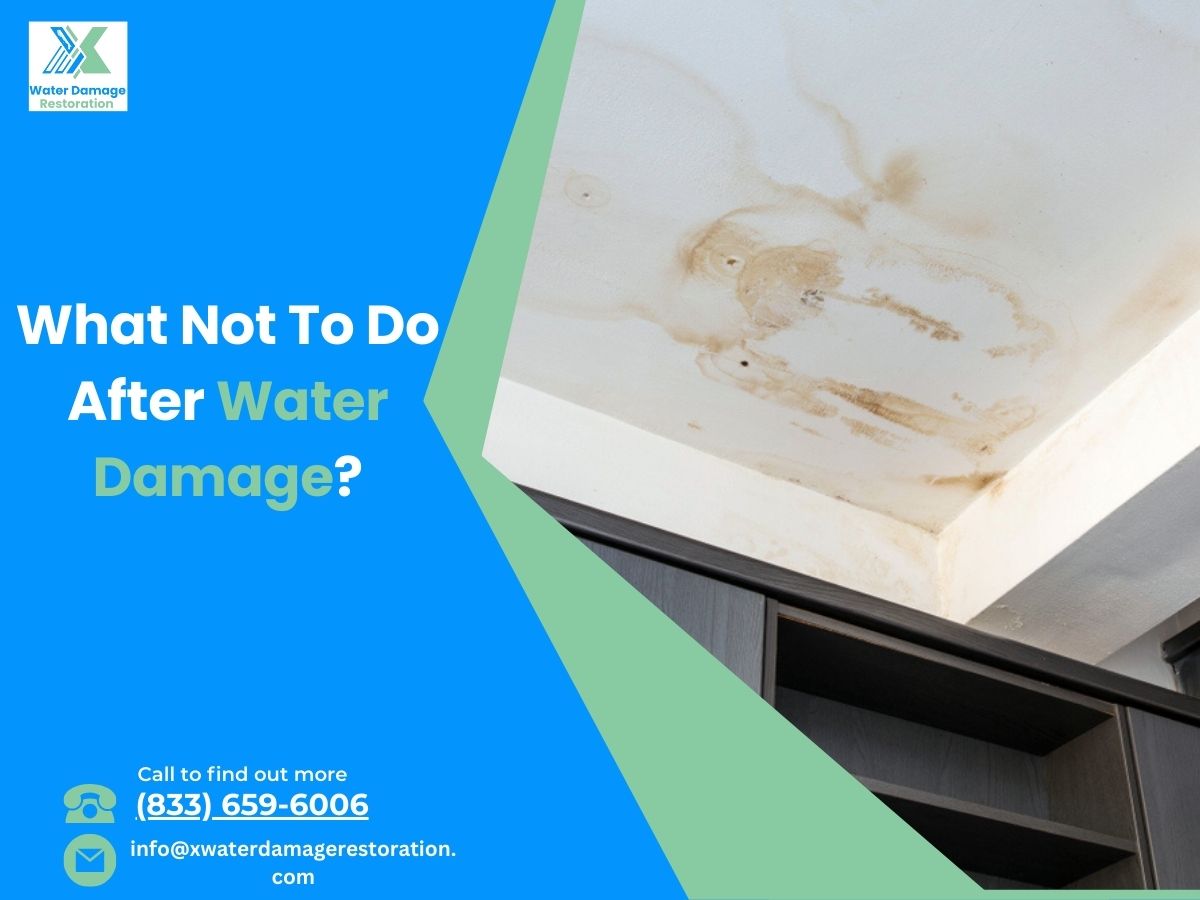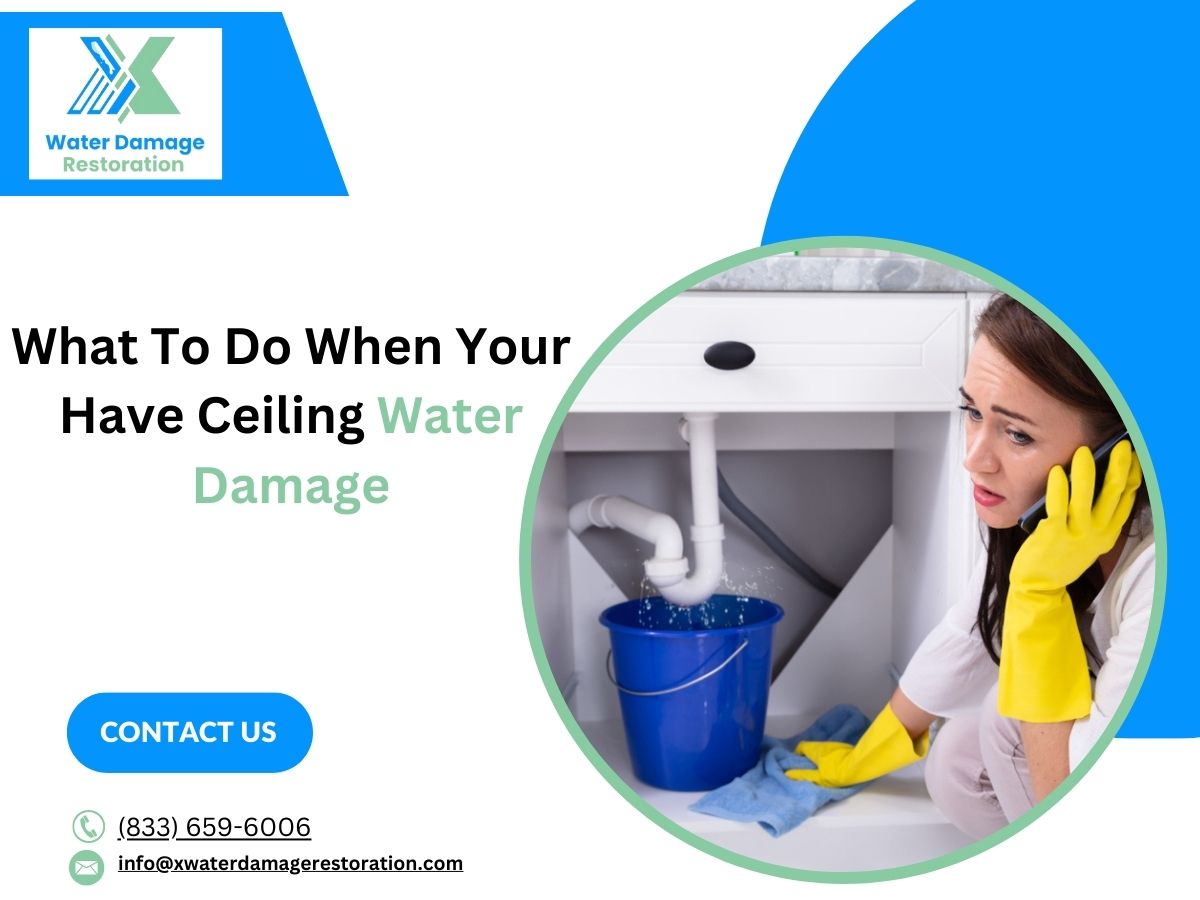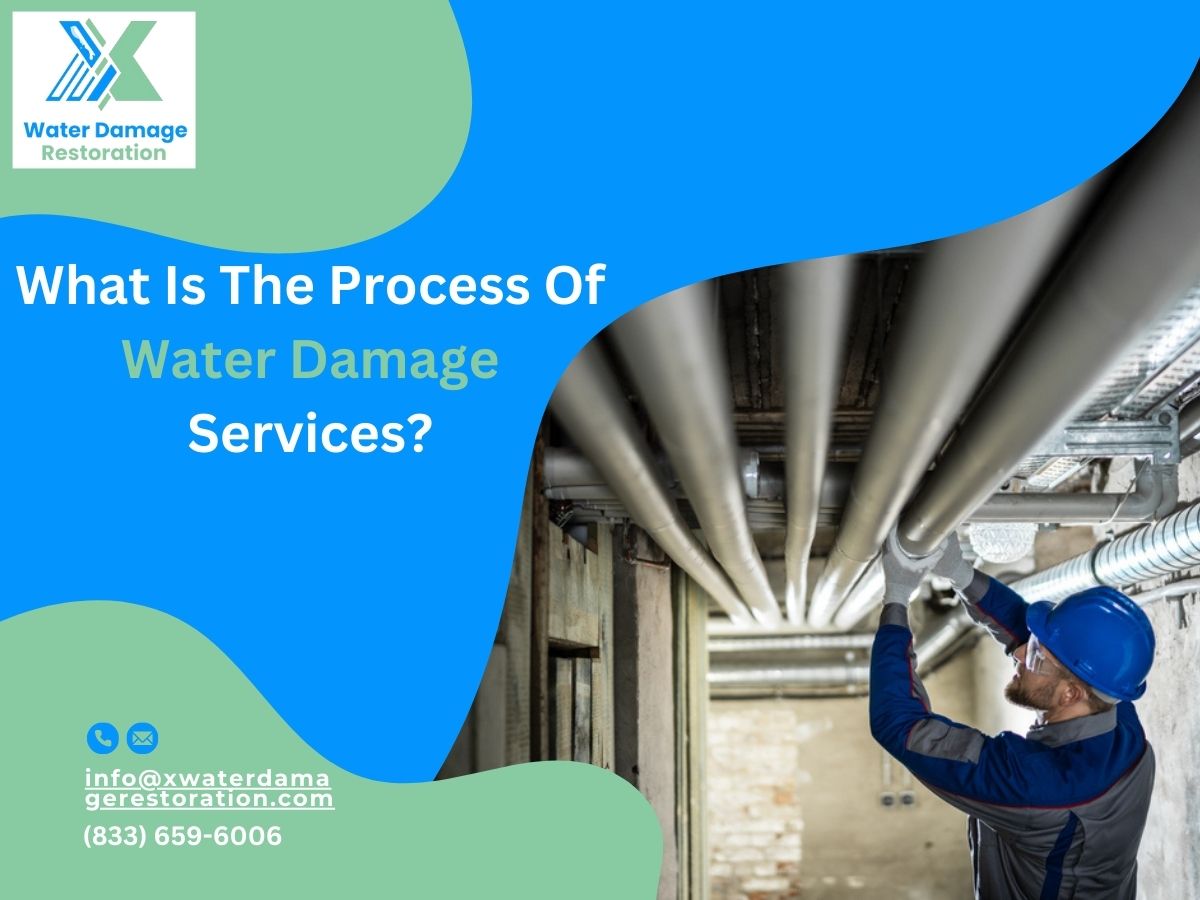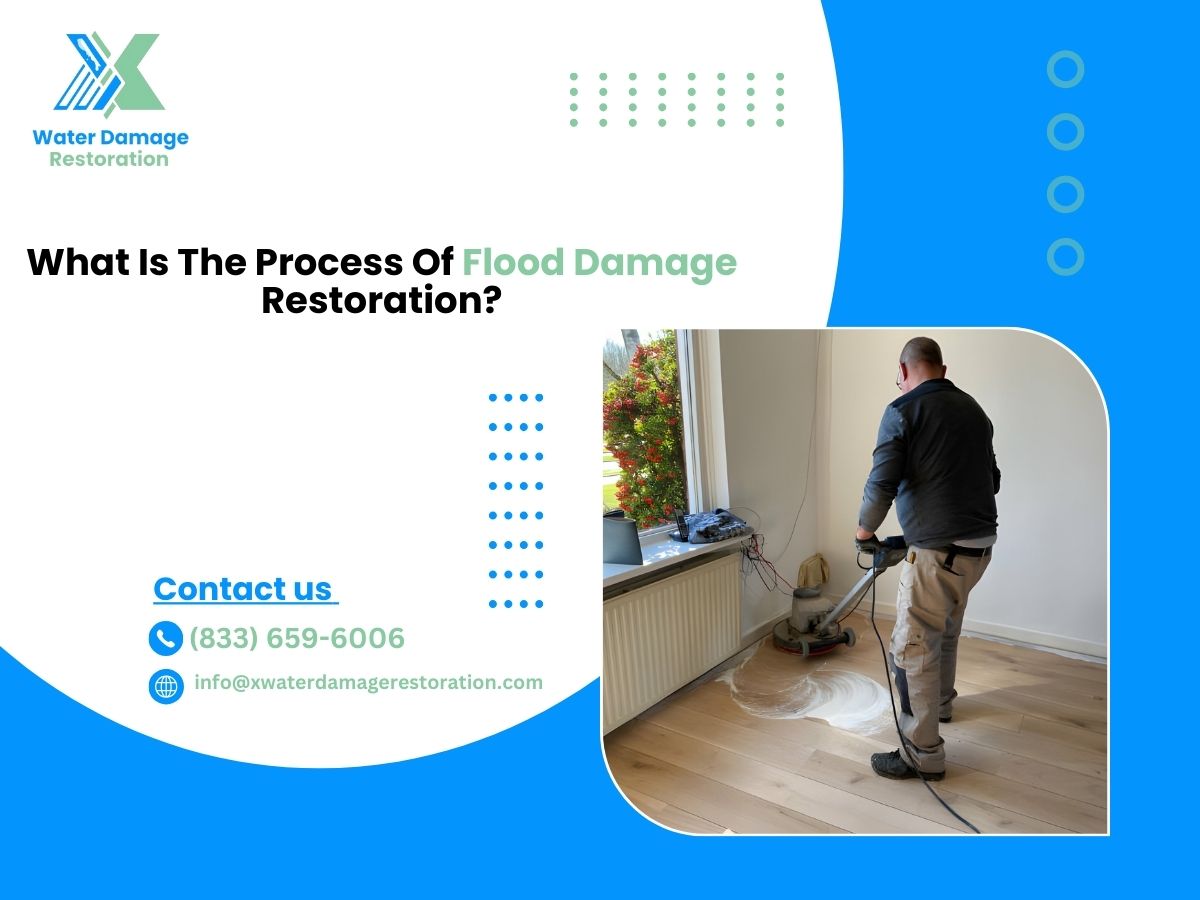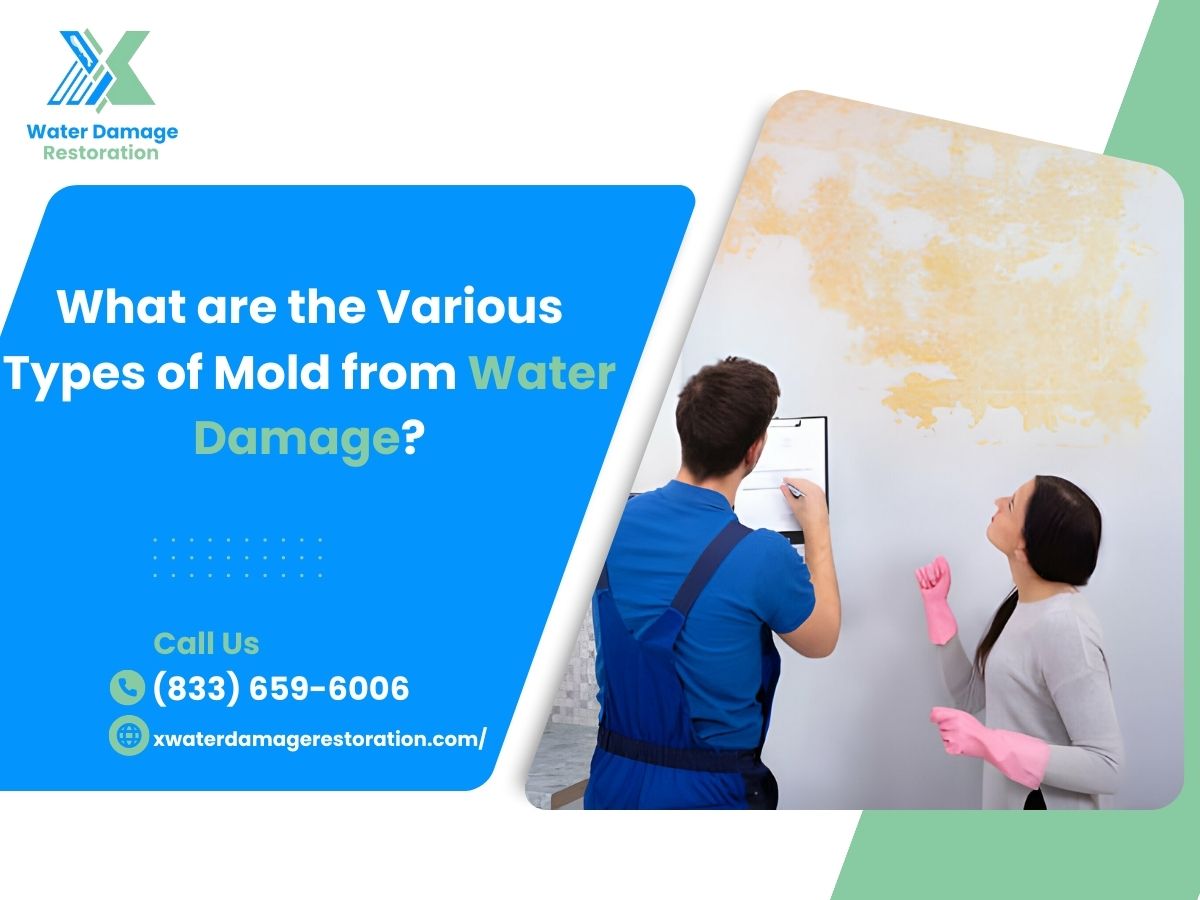Certainly, Water damage in walls can be a homeowner’s worst nightmare, leading to costly repairs and health hazards if left untreated. Early detection is crucial to minimizing the damage, whether it’s from a hidden leak or a burst pipe. In this comprehensive guide, we’ll explore the common signs of water damage in walls, its causes, and what you can do to address it effectively.
Water damage in walls occurs when excess moisture penetrates through the surface, compromising your home’s structural integrity and aesthetics. It can stem from various sources, ranging from plumbing issues to external factors like natural weather conditions, including flood waters.
X Water Damage Restoration offers efficient and reliable restoration services for properties affected by various types of water damage. With experienced technicians and state-of-the-art equipment, we handle everything from water extraction to structural repairs professionally and carefully. Don’t hesitate to reach out to us for any questions or concerns you may have. Your satisfaction and peace of mind are our top priorities.
Common Causes of Water Damage
Plumbing Leaks
Leaking pipes or faulty plumbing fixtures are among the leading causes of wall water damage. Even minor leaks can escalate quickly, causing significant damage over time.
Roof Leaks
Damaged or improperly installed roofs can allow water to seep into the walls, leading to water stains, mold growth, and structural damage.
Poor Ventilation
Inadequate ventilation in bathrooms, kitchens, and basements can result in moisture buildup, increasing the risk of water damage.
Condensation
Excessive condensation on walls, particularly in humid environments, can promote mold growth and weaken the structural integrity of the walls.
Signs of Water Damage in Walls
Discoloration
Water stains or discoloration on walls or ceilings are telltale signs of water damage, indicating leaks or seepage behind the surface.
Peeling or Bubbling Paint
Moisture trapped behind the paint can cause it to bubble, peel, or flake off, signaling underlying water damage.
Musty Odor
A persistent musty smell, especially in enclosed spaces, often indicates mold or mildew growth resulting from water intrusion.
Warped or Sagging Walls
Water absorption can cause walls to warp, bulge, or sag, compromising their structural integrity and posing safety risks.
Mold and Mildew Growth
Visible mold or mildew growth on walls, baseboards, or ceilings is a clear indication of excess moisture and water damage.
How to Detect Water Damage
When it comes to detecting water damage, being vigilant is key. Start with a visual inspection of your walls, ceilings, and floors, keeping an eye out for any discoloration, stains, or peeling paint, as these can be signs of water seepage. Additionally, check for any visible mold or mildew growth, especially in damp areas like basements and bathrooms.
Investing in a moisture meter can help you pinpoint areas with high moisture levels, indicating possible water intrusion. Keep an eye out for any warping or sagging in your walls, as this could signal underlying water damage. It’s also a good idea to monitor your utility bills for any sudden increases, as this could indicate a hidden leak.
Regularly inspect your roof and gutters for damage or leaks, and seal any cracks or gaps in your exterior walls to prevent water from entering your home. If you’re unsure about the extent of the damage, consider hiring a professional inspector for a thorough assessment.
Steps to Take if Water Damage is Detected
Here are the steps to take if water damage is detected, presented in bullet points:
- Identify and Fix the Source:
- Locate the source of the water damage, such as a leaking pipe or roof.
- Take immediate steps to repair the source to prevent further water intrusion.
- Dry Out the Affected Area:
- Use fans, dehumidifiers, or professional drying equipment to remove excess moisture.
- Ensure thorough drying process to prevent mold growth and further damage.
- Remove Damaged Materials:
- Dispose of wet or damaged materials like drywall, insulation, or flooring.
- Wear protective gear when handling water-damaged items.
- Sanitize and Disinfect:
- Clean and disinfect all surfaces to eliminate bacteria and mold spores.
- Use a bleach solution or commercial disinfectant for thorough cleaning.
- Repair or Replace Damaged Items:
- Repair or replace structural components and belongings affected by water damage.
- This may include drywall, insulation, flooring, or furniture.
- Monitor for Mold Growth:
- Keep an eye on the affected area for any signs of mold growth.
- Address mold promptly to prevent health hazards.
- Consider Professional Assistance:
- Hire a professional water damage restoration company for extensive damage.
- They have the expertise and equipment to handle water damage effectively.
- Address Underlying Issues:
- Take steps to fix underlying issues like plumbing leaks or poor ventilation.
- Prevent future water damage by addressing root causes.
- Document the Damage:
- Take photos or videos of the damage and repairs for insurance purposes.
- Keep records of receipts and communication with your insurance provider.
- Prevent Future Damage:
- Maintain your home regularly to prevent future water damage.
- Address leaks or issues promptly and ensure proper ventilation and drainage.
Conclusion
Water damage in walls can have serious implications for your home’s structural integrity and your family’s health. By being vigilant and addressing categories of water damage promptly, you can mitigate the risks and protect your investment.
Whether it’s a small leak or a large-scale flood, we are committed to restoring your property to its pre-loss condition quickly and effectively. Trust X Water Damage Restoration for expert solutions tailored to your needs.
